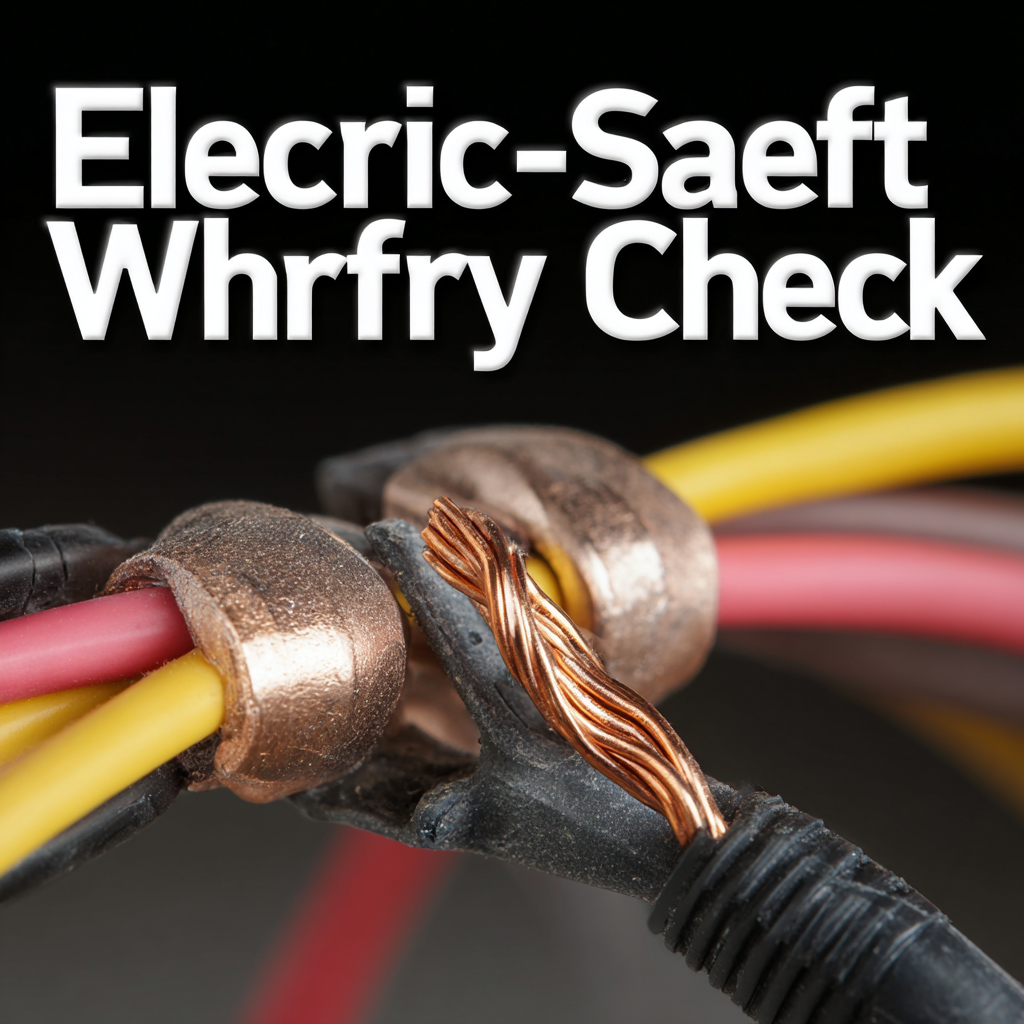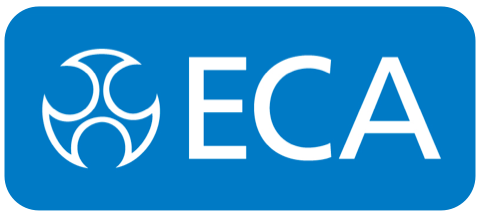- Home
- News
Innovative Solutions for Ensuring Best Electrical Wiring Safety Check Protections
In the realm of electrical installations, ensuring the utmost safety through rigorous Electrical Wiring Safety Checks is paramount. According to the National Fire Protection Association (NFPA), electrical failures account for approximately 10% of residential fires in the United States, underscoring the critical need for effective safety measures. Innovative solutions are emerging to enhance the reliability and efficiency of these safety checks, ranging from advanced testing equipment to smarter compliance applications. Reports indicate that the market for electrical safety products is projected to reach $20 billion by 2025, driven by an increasing emphasis on safety protocols and regulatory standards. This blog will explore the unique features and applications of various products designed for Electrical Wiring Safety Checks, providing insights into how these innovations can significantly mitigate risks and enhance overall safety compliance in electrical installations.

Understanding Industry Standards for Electrical Wiring Safety
When it comes to electrical wiring safety, adherence to industry standards is paramount to safeguarding both residential and commercial properties. The National Fire Protection Association (NFPA) states that faulty wiring is a leading cause of home fires, with an estimated 51,000 incidents reported annually, leading to significant loss and damage. To combat this, standards outlined by the National Electrical Code (NEC) provide guidelines that ensure safe installation and maintenance of electrical systems. These guidelines are developed based on extensive research and serve as a framework to minimize risks associated with electrical hazards.

Furthermore, the International Electrotechnical Commission (IEC) has established global standards that promote best practices in electrical safety. According to the IEC, nearly 30% of electrical accidents could be avoided through compliance with established regulations. Adopting such standards not only protects consumers but also enhances the reliability of electrical systems. Regular inspections and adherence to these safety guidelines can significantly reduce the incidence of electrical fires and contribute to a safer environment for everyone. Implementing innovative solutions that align with these standards is essential for any stakeholder in the electrical industry, ensuring optimal safety and performance.
Essential Steps for Conducting Thorough Electrical Safety Inspections
When it comes to ensuring electrical safety, conducting thorough inspections is paramount. Essential steps for effective electrical safety inspections can significantly mitigate risks. Start by visually checking all wiring for signs of wear or damage, such as fraying or discoloration. Additionally, ensure that all outlets are properly grounded and that circuit breakers are labeled accurately.
Tip: Always use a non-contact voltage tester to detect live wires during your inspection, which is crucial for your safety. Make a habit of checking for overloaded circuits, as too many devices on a single circuit can lead to overheating and potential fires.
Moreover, consider using thermal imaging technology to identify hotspots in wiring systems that aren't visible to the naked eye. This proactive approach can prevent serious issues before they escalate.
Tip: Document findings and take corrective actions promptly, as this creates a reliable record for ongoing maintenance and compliance with safety standards. Regular inspections can prolong the lifespan of your electrical systems while ensuring the safety of everyone in the environment.
Electrical Safety Inspection Checklist Compliance
Innovative Technologies Enhancing Electrical Wiring Safety Checks
In today's rapidly evolving electrical industry, enhanced safety check technologies are crucial for preventing hazards associated with faulty wiring. According to the National Fire Protection Association (NFPA), electrical failures are responsible for nearly 25% of all home fires in the United States. To combat this alarming statistic, developing innovative technologies for electrical wiring inspections is essential. One such innovation is the use of thermal imaging cameras, which can detect heat patterns in electrical components that may indicate potential failures before they become critical. A report from the Electrical Safety Foundation International (ESFI) highlights that integrating thermal imaging into regular maintenance checks can reduce electrical-related incidents by up to 30%.

Another promising technology is the implementation of smart sensors embedded within wiring systems. These sensors continuously monitor the electrical flow and signal any irregularities, providing real-time data for diagnostics. According to a study by the Institute of Electrical and Electronics Engineers (IEEE), the use of smart technology can enhance the accuracy of electrical inspections by 40%, significantly diminishing the chances of wiring-related accidents. As these technologies become more accessible and affordable, their adoption will undoubtedly play a pivotal role in bolstering electrical safety checks across various sectors.
Common Pitfalls in Electrical Wiring Safety Assessments and How to Avoid Them
When it comes to electrical wiring safety assessments, many overlook common pitfalls that can lead to severe consequences. One of the most significant mistakes is rushing through inspections. Professionals should dedicate adequate time to rigorously evaluate wiring systems, as hidden issues might not be visible during a cursory check. Taking shortcuts not only compromises safety but can also result in costly repairs and increased liability.
Another frequent oversight is failing to use standardized checklists during assessments. A checklist ensures that no aspect of the wiring is neglected and that all safety regulations are adhered to. By consistently utilizing thorough checklists, assessors can avoid missing critical details such as proper grounding or outdated components. Additionally, keeping abreast of the latest electrical code updates and industry best practices is vital. Regular training and education can equip professionals with the knowledge necessary to identify and mitigate risks effectively, leading to safer electrical environments for everyone.
Best Practices for Maintaining Electrical Wiring Safety Compliance in Your Projects
To maintain electrical wiring safety compliance in construction projects, the implementation of best practices is essential. One significant concern is the high risk of electrocution faced by construction workers, who are approximately four times more likely to experience electrical hazards compared to those in other industries. This alarming statistic underscores the necessity for rigorous safety protocols and training for workers. Ensuring proper insulation, frequent inspections, and the use of quality materials are proactive measures that contractors can implement to safeguard workers from electrical accidents.
Additionally, addressing the broader issues of electrical safety in regions like Ghana, where substandard wiring and unlicensed electricians are prevalent, highlights the urgent need for regulatory reforms. Modernizing electrical safety standards and improving the regulation of electrical products can significantly reduce the risk of incidents related to faulty wiring. Furthermore, ongoing education and awareness campaigns are critical in empowering both workers and consumers to recognize and avoid electrical risks, ultimately fostering a safer working and living environment.
